The earth is home to a diverse array of wildlife, with millions of species inhabiting our planet. Unfortunately, many of these species are under threat of extinction, with some being so rare that they’re on the brink of disappearing forever. The loss of any animal is tragic, but when it comes to endangered and rare animal species, the stakes are even higher. Every animal plays a unique role in our planet’s ecosystem, and the loss of any one of them can have far-reaching consequences. In this blog, we’ll explore some of the rarest animals in the world.
1. Vaquita

The Vaquita is a species of porpoise found in the Gulf of California. They are considered to be the rarest marine mammal in the world. If the Vaquita porpoise were to become extinct, it would be a significant loss for the marine ecosystem and the world. Below are some potential impacts of the Vaquita’s extinction:

- Ecologically, the vaquita plays an important role in its ecosystem as a top predator. As a porpoise, it feeds on small fish and squid, and is an important part of the food chain. Its disappearance could disrupt the balance of the marine ecosystem, potentially causing a cascading effect on other species.
- Economically, the vaquita’s extinction would have significant consequences for the fishing industry in the region. The vaquita is often caught as bycatch in gillnets used to catch shrimp and other species, and the Mexican government has imposed fishing bans to protect the species. However, this has resulted in conflicts with local fishing communities who rely on these waters for their livelihoods.
- Culturally, the vaquita is an important symbol for the indigenous communities that live in the region. The animal is deeply ingrained in their culture and history, and its loss could have significant impacts on their traditions and way of life.
Overall, the loss of this rare animal species, the Vaquita, would be a significant blow to the marine ecosystem and the world, with potential impacts on the environment, economy, and culture of the Gulf of California region.
2. Javan Rhino

The Javan Rhino is a critically endangered species of rhinoceros found in Indonesia. The environment and the entire planet would be significantly impacted if the Javan Rhino became extinct. The following are potential consequences of the Javan rhino’s extinction:

- First, the loss of the Javan rhino would be a significant blow to biodiversity. The rhino is a keystone species that plays an important role in maintaining the balance of the ecosystem. As a herbivore, it helps to control the growth of vegetation, which in turn affects the populations of other species that rely on that vegetation for food and shelter. Additionally, the Javan rhino is an important prey species for predators, and its absence could have cascading effects on the food web.
- Second, the loss of the Javan rhino would have cultural and social impacts. The rhino is an important symbol in Javanese culture, and its loss would be felt deeply by many people in the region. Additionally, the presence of the rhino is a draw for ecotourism, which provides economic benefits to local communities.
- Finally, the loss of the Javan rhino would be a blow to conservation efforts. The Javan rhino is one of the rarest large mammals in the world, and its survival is an important symbol of the ability of humans to protect endangered species. Its extinction would be a stark reminder of the urgent need for conservation action to protect other endangered species and the habitats they depend on.
Overall, the loss of this rare animal species, the Javan Rhino, would be a significant loss for the ecology, economy, and culture of the region.
3. Amur Leopard

The Amur Leopard is a critically endangered species of large cat found in Russia and China. There are thought to be fewer in the wild. The extinction of the Amur Leopard would have a tremendous impact on the ecology and the entire planet. Following are some of the possible consequences of the extinction of the Amur Leopard:

- If there were no Amur leopard, it would have several ecological and environmental impacts. The Amur leopard is a top predator in its ecosystem and plays a vital role in regulating the populations of its prey species. The loss of the Amur leopard could cause the populations of its prey to increase, leading to overgrazing and damage to vegetation, which could have cascading effects on the entire ecosystem.
- In addition to its ecological role, the Amur leopard is also culturally significant to many communities in its range. The loss of the Amur leopard would mean the loss of a valuable cultural and natural heritage, and it would also have economic impacts on tourism, which could affect the local economy.
- The Amur leopard is also an endangered species, and its loss would be a significant blow to global efforts to conserve biodiversity. It would represent a failure in our ability to protect and preserve the natural world, and it would be a tragic loss for future generations who may never have the opportunity to see this majestic big cat in the wild
In general, if the Amur Leopard were to vanish, it would result in a considerable loss to the region’s ecology, economy, and culture. Therefore, it’s crucial to take action to safeguard this rare animal species and guarantee its continuation for future generations.
4. Saola

The Saola is an antelope-like animal found in Vietnam and Laos’ Annamite Mountains. There have only been a few documented sightings of this elusive animal in recent decades, and it is regarded one of the world’s rarest animals. The extinction of the Saola would have a tremendous impact on the ecology and the world. These are some of the potential consequences of the Saola’s extinction:

- Loss of Biodiversity: The saola is an important part of the ecosystem in which it lives. It plays a vital role in maintaining the balance of the food chain by being a prey species for larger predators, such as tigers and leopards. Its disappearance could lead to a loss of biodiversity in the region.
- Decrease in Plant Diversity: Saolas are known to eat a variety of plant species, and their browsing habits help to shape the structure and composition of the forest ecosystem. Without saolas, some plant species may overgrow and dominate the forest, leading to a decrease in plant diversity.
- Negative Impact on Local Communities: The saola is considered a cultural and spiritual icon by many indigenous communities in the Annamite Range. Its disappearance would have a negative impact on the cultural heritage of these communities and could cause social and economic problems.
- Potential Ripple Effects: The loss of the saola could have ripple effects throughout the ecosystem. For example, the loss of a prey species could lead to an increase in the population of predators, which in turn could impact other prey species.
Ultimately, the Saola’s extinction would be devastating to the region’s ecosystem, science, and culture. It is critical to take precautions to protect this rare animal species and ensure its survival for future generations.
5. Sumatran Elephant
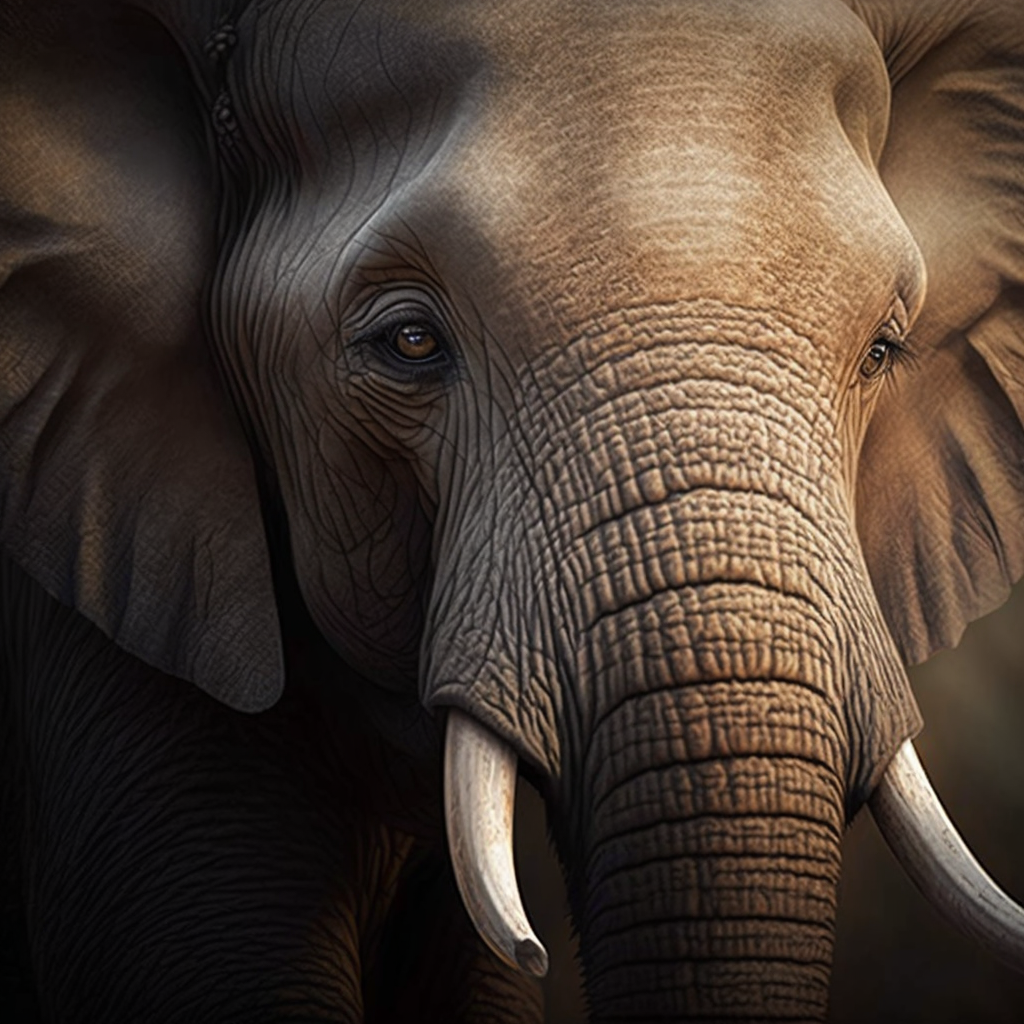
The Sumatran Elephant is a critically endangered elephant species native to the Indonesian island of Sumatra. There are thought to be less than 2,500 individuals left in the wild. Their tusks are smaller than those of other elephant species. The ecology and the entire globe would be significantly impacted if the Sumatran Elephant became extinct. An extinction of the Sumatran elephant might have the following effects:

- Firstly, the Sumatran elephant plays an important role in the ecosystem as a keystone species. It helps to maintain the balance of the forest by shaping the landscape and creating clearings, which allow sunlight to reach the forest floor and promote the growth of new vegetation. It also disperses seeds throughout the forest, helping to maintain the biodiversity of the region.
- Secondly, the Sumatran elephant is an important cultural symbol in Sumatra and is highly valued by local communities. It plays a significant role in traditional ceremonies and festivals, and its presence is considered a sign of good luck.
- Finally, the loss of the Sumatran elephant would have a significant economic impact on the region. Ecotourism, which includes elephant safaris and other elephant-related activities, is an important source of revenue for local communities.
Overall, the loss of the Sumatran Elephant would be a significant loss for the ecology, economy, and culture of the region. It’s important to take action to protect this rare species and ensure its survival for future generations. Conservation efforts such as habitat preservation and reducing human-elephant conflicts are essential to the survival of the Sumatran Elephant and other rare animal species in the region.
6. Pygmy Three-toed Sloth

The Pygmy Three-toed Sloth is a species of sloth found only on the tiny island of Escudo de Veraguas off the coast of Panama. They are significantly smaller than the other members of its genus, but otherwise resembles the brown-throated sloth. There are estimated to be fewer than 100 individuals remaining. It would have a major effect on the environment and the entire planet if the Pygmy Three-toed Sloth became extinct. Among the effects of the Pygmy Three-toed Sloth’s extinction are the following:

- Firstly, the loss of the Pygmy Three-toed Sloth would mean a reduction in biodiversity in its native habitat, which is the small island of Isla Escudo de Veraguas off the coast of Panama. As a result, the entire ecosystem of the island could be affected, as each species has a role to play in maintaining the balance of the ecosystem.
- The Pygmy Three-toed Sloth is also an important seed disperser, meaning that it helps to spread seeds of the trees and plants it eats across the island. Without the sloth, the distribution of seeds could be limited, which would affect the regeneration of the island’s plant life.
- Furthermore, the loss of the Pygmy Three-toed Sloth could also have economic impacts, as the species is a popular attraction for ecotourists visiting Isla Escudo de Veraguas. Ecotourism provides a source of income for local communities and contributes to the conservation of the island’s natural resources.
The extinction of the Pygmy Three-toed Sloth would be a severe loss for the region’s environment, science, and culture. It is critical to take action to safeguard this rare animal species and assure its continued existence for future generations. Conservation initiatives like as habitat preservation, human disturbance reduction, and sustainable tourism practices are critical to the survival of the Pygmy Three-toed Sloth and other endangered species in the area.
7. Philippine Eagle

The Philippine Eagle is a critically endangered species of eagle found in the Philippines. There are estimated to be fewer than 800 individuals remaining in the wild. The Philippine eagle is considered the largest of the extant eagles in the world in terms of length and wing surface area, with only Steller’s sea eagle and the Harpy eagle being larger in terms of weight and bulk. If the Philippine Eagle were extinct, the ecology and the globe would suffer greatly. Following are some of the possible consequences of the extinction of the Philippine Eagle:
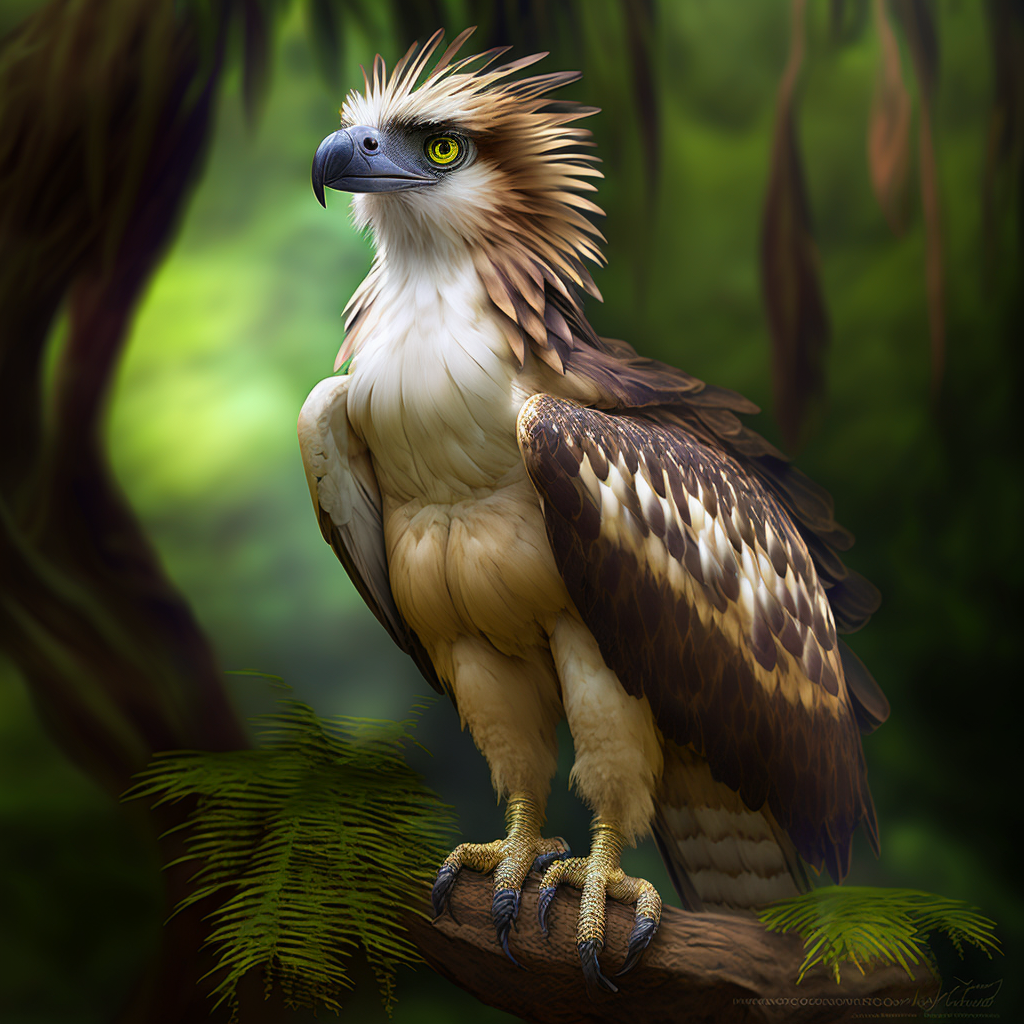
- The Philippine Eagle is a top predator in the forest ecosystem, and its extinction would have a cascading effect on the entire food web. As a keystone species, it helps to maintain the balance of the forest ecosystem by controlling the populations of its prey species. The loss of the Philippine Eagle would lead to an increase in the population of its prey species, which in turn could lead to a decline in the populations of other species in the ecosystem.
- The Philippine Eagle is an important cultural symbol in the Philippines, and its loss would be deeply felt by the Filipino people. It is considered a national bird and is featured on the country’s coat of arms and currency. The bird is also an important part of the mythology and folklore of many indigenous communities in the Philippines.
- The Philippine Eagle is an important source of ecotourism revenue for the Philippines, with many people traveling to the country to see this iconic bird in the wild. The loss of the Philippine Eagle could lead to a decline in ecotourism, which would have a negative impact on the local economy.
- In addition, the Philippine Eagle is an apex predator, which means it plays a critical role in maintaining the health and productivity of the forest ecosystem. A healthy forest ecosystem provides important ecosystem services such as carbon sequestration, watershed protection, and soil stabilization, all of which are important for human well-being. The loss of the Philippine Eagle could, therefore, have significant long-term economic consequences for the Philippines and the region as a whole.
For the environment, economics, and culture of the Philippines and the rest of the globe, the extinction of the Philippine Eagle would be a major loss. The existence of this rare animal species for future generations depends on taking action to safeguard it. To ensure the survival of the Philippine Eagle and other threatened species in the area, conservation initiatives including habitat preservation, minimizing human disturbance, and sustainable tourism practices are crucial.
8. Chinese Pangolin

The Chinese Pangolin is a critically endangered species of scaly anteater found in China and Southeast Asia. It is one of the most trafficked mammals in the world, and there are estimated to be fewer than 100,000 individuals remaining. The extinction of the Chinese Pangolin would have a huge impact on the ecology and the world. Following are some of the probable consequences of the Chinese Pangolin’s extinction:

- Firstly, pangolins play a crucial role in maintaining a balance in the ecosystem. As insectivores, they help to control insect populations, including ants and termites, which can cause damage to crops and other vegetation. Without pangolins, the population of these insects could increase, which may lead to crop damage and other problems.
- Secondly, the loss of the Chinese pangolin would impact the local economy. The pangolin is highly valued in traditional Chinese medicine and is used to treat a variety of ailments. The demand for pangolin scales and meat has led to illegal poaching and trafficking of these animals. If the Chinese pangolin were to go extinct, it would impact the livelihoods of many people who depend on the trade in pangolin products.
- Thirdly, the extinction of the Chinese pangolin would have a wider impact on the global conservation of pangolins. All eight species of pangolin are threatened with extinction due to hunting and habitat loss. If one species goes extinct, it can make it more difficult to conserve the other species as each pangolin species is unique and plays a different role in the ecosystem.
Ultimately, the extinction of the Chinese Pangolin would be a severe setback for the region’s environment, economics, science, and culture. It is critical to take action to safeguard this rare animal species and assure its continued existence for future generations. Conservation initiatives like as habitat preservation, less human disturbance, and decreased demand for pangolin goods are critical to the survival of the Chinese Pangolin and other endangered species in the region.
9. Ivory-billed Woodpecker
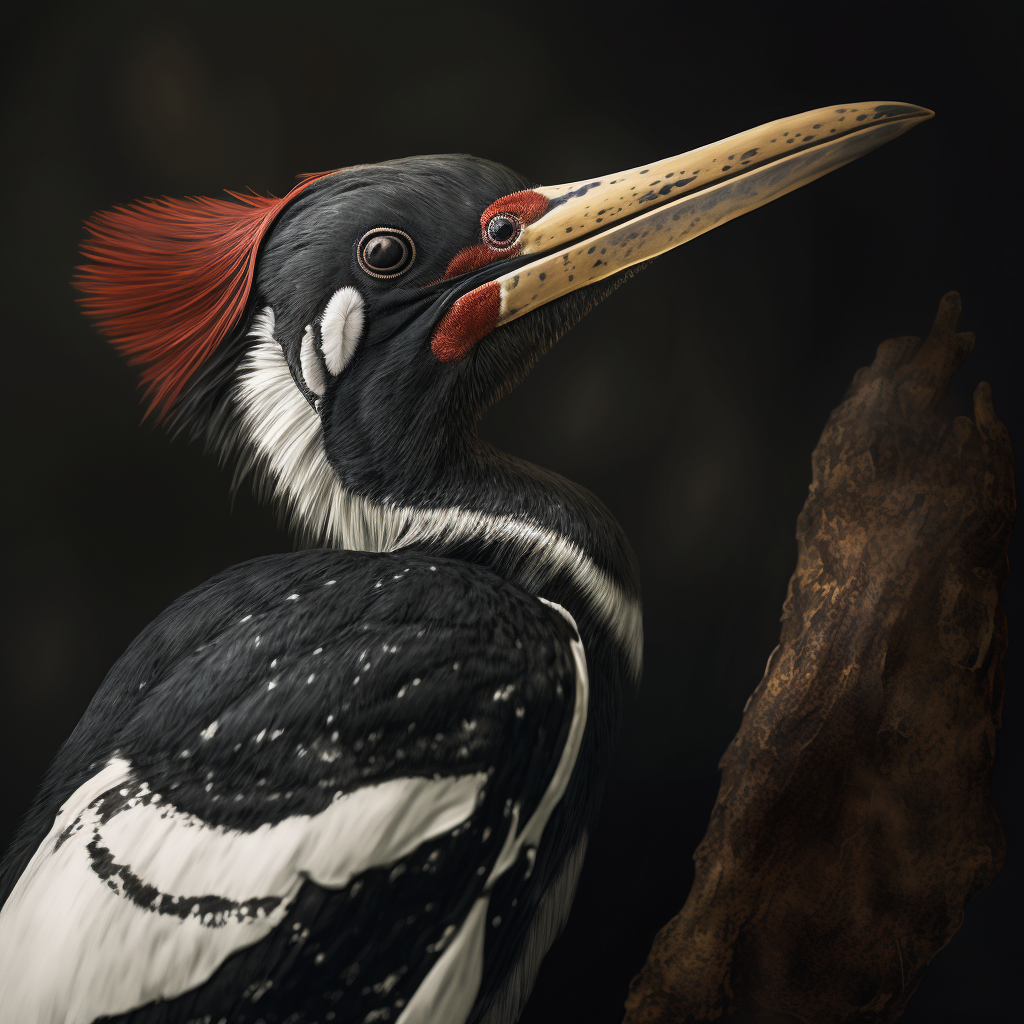
The Ivory-billed Woodpecker is a species of woodpecker found in the southeastern United States. It was believed to be extinct until a possible sighting in 2004, but it remains one of the rarest birds in the world. The extinction of the Ivory-billed Woodpecker could have a considerable impact on the ecosystem and the global environment. The following are some possible consequences that may arise from the disappearance of this bird species:
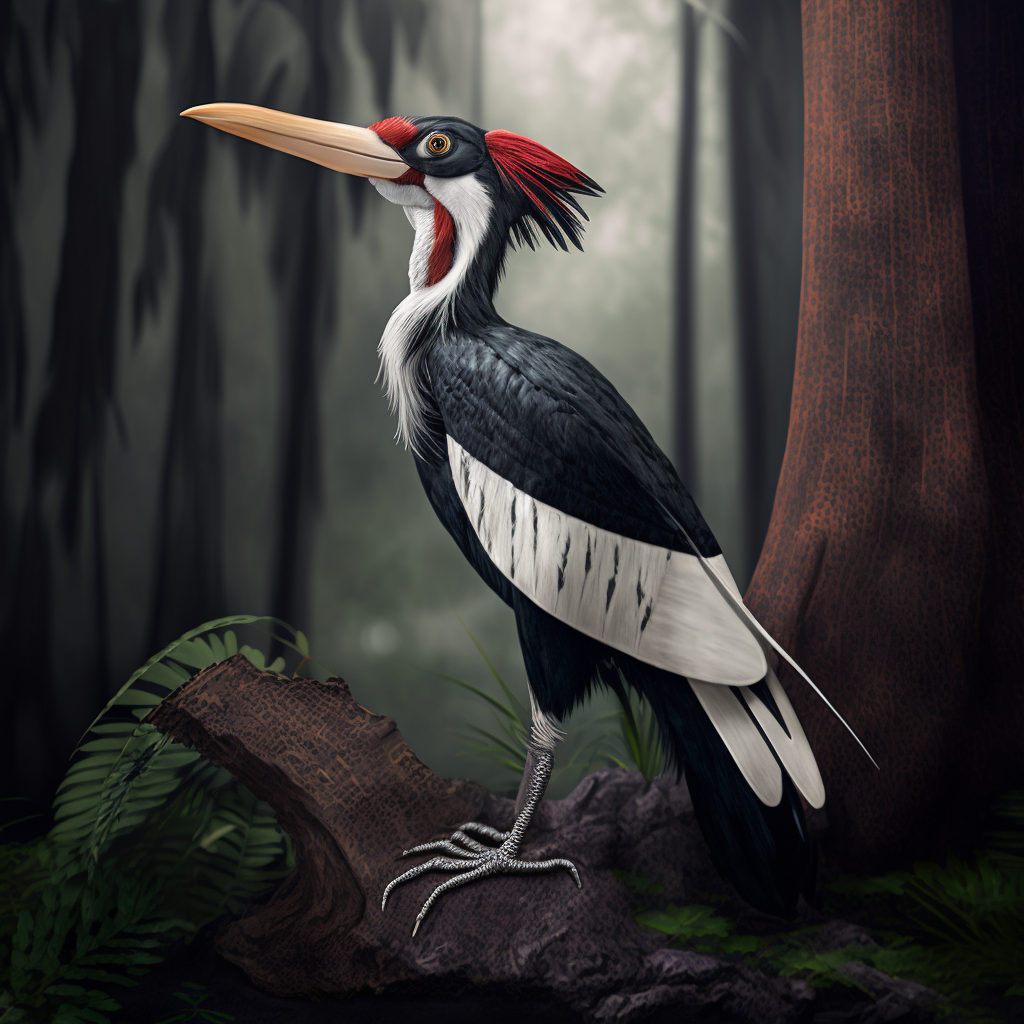
- The Ivory-billed Woodpecker is a critically endangered species that is currently expected to be extinct. If the Ivory-billed Woodpecker were to disappear completely, it would have a significant impact on the ecosystem and environment in which it once lived.
- As a keystone species, the Ivory-billed Woodpecker played an important role in the ecosystem by helping to maintain the health and diversity of the forest habitat it lived in. The woodpecker fed on insects that live in dead or dying trees, which helped to prevent these trees from becoming overwhelmed with pests and potentially causing larger ecological problems. Additionally, the large cavities that the Ivory-billed Woodpecker excavated in dead or dying trees provided nesting sites for many other species, including other birds, mammals, and reptiles.
- The loss of the Ivory-billed Woodpecker could have far-reaching consequences for the environment and other species that depend on it. However, it’s important to note that conservation efforts aimed at preventing the extinction of this species can also have positive impacts on the overall health and biodiversity of the ecosystem in which it once lived.
In general, the extinction of the Ivory-billed Woodpecker would represent a major setback for the ecology, economy, science, and culture of the area. Therefore, it is crucial to take steps towards safeguarding the survival of this rare animal species for the benefit of future generations. To ensure the preservation of the Ivory-billed Woodpecker and other endangered species in the region, it is necessary to implement conservation measures such as protecting their habitats, minimizing human interference, and adopting sustainable tourism practices.
10. Madagascar Pochard
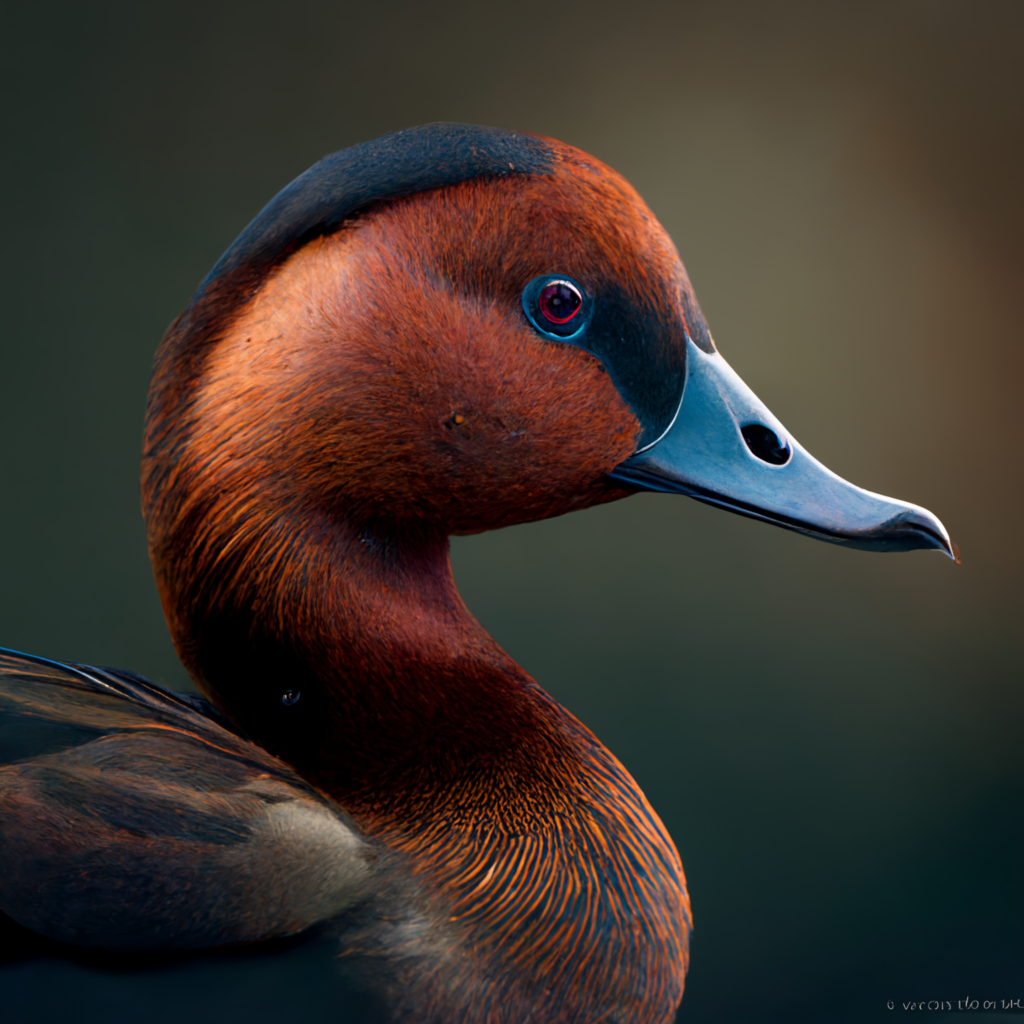
The Madagascar Pochard is a species of duck found only in Madagascar. There are estimated to be fewer than 50 individuals remaining in the wild, making it one of the rarest ducks in the world. The Madagascar Pochard is a species of diving duck that is considered one of the rarest ducks in the world. If this species went extinct, it would have serious ecological and cultural consequences in Madagascar, where it is located. Following are some of the probable consequences of the extinction of the Madagascar Pochard:

- Ecologically, the loss of the Madagascar Pochard would contribute to the continuing decline of Madagascar’s freshwater wetland ecosystems. As a top predator in the food chain, the pochard plays an important role in controlling the population of its prey species and maintaining the balance of the ecosystem. Additionally, the pochard’s feeding and nesting habits contribute to the creation and maintenance of wetland habitats, which provide important ecological services such as water filtration, flood control, and carbon sequestration.
- Culturally, the loss of the Madagascar Pochard would be a significant blow to the people of Madagascar, who have a long history of coexisting with and relying on the natural resources of their island home. The pochard is an important cultural symbol in Madagascar, and its loss would represent a significant loss of cultural heritage.
- Efforts are underway to save the Madagascar Pochard from extinction, including captive breeding and reintroduction programs, habitat restoration, and community engagement. If successful, these efforts would not only save the pochard from extinction but also contribute to the conservation of Madagascar’s freshwater wetlands and the cultural heritage of its people.
The extinction of the Madagascar Pochard would have far-reaching impacts on the ecology, economy, science, and culture of Madagascar. Therefore, it is crucial to take steps to safeguard this rare animal species and guarantee its survival for generations to come. To achieve this, it is imperative to undertake conservation initiatives such as restoring habitats, minimizing human interference, and decreasing the demand for poaching and trade. These measures are vital not only for the survival of the Madagascar Pochard but also for the other endangered species in the area.
These are just a few examples of the rarest and most endangered species of animals around the world. It is important to raise awareness of these species and work towards their conservation to prevent their extinction.
If you want to gain further knowledge about it, you can purchase the recommended book

1 Comment